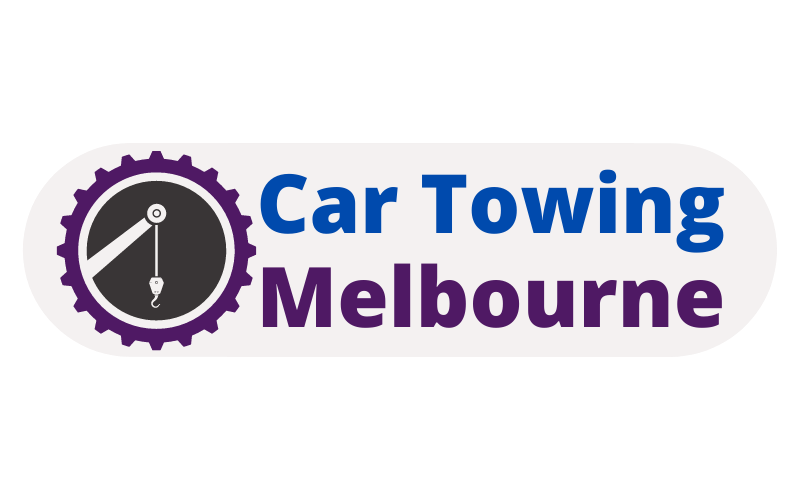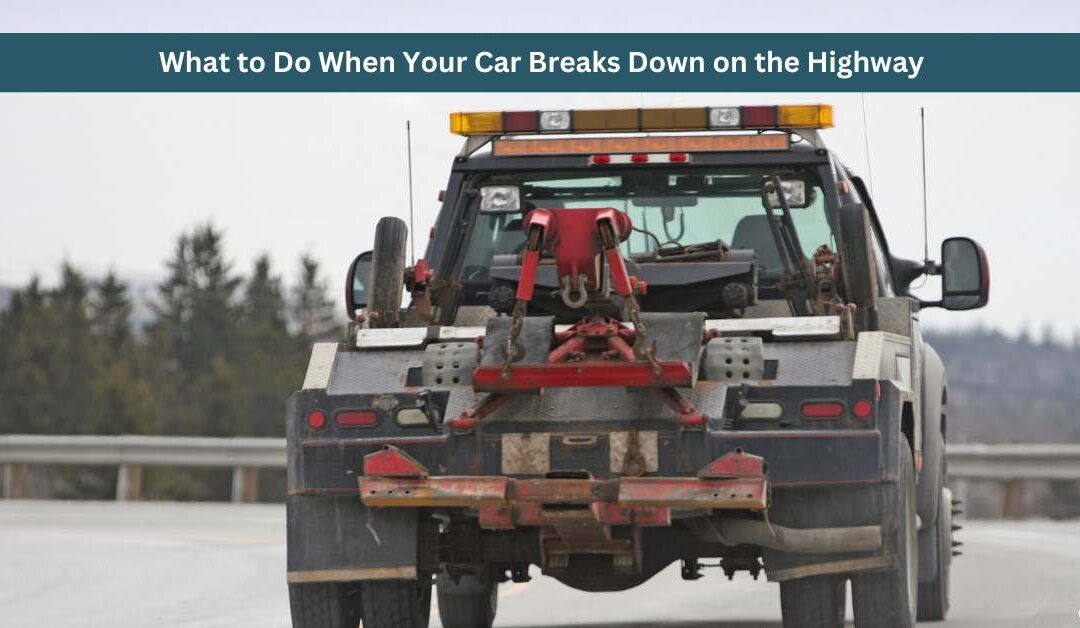Experiencing a car breakdown on the highway can be stressful and even dangerous, especially with fast-moving traffic around you. Knowing what to do in this situation can help you stay safe and resolve the issue quickly. Here’s a step-by-step guide on what to do when your car breaks down on the highway.
1. Stay Calm and Assess the Situation
The first and most important step is to stay calm. Panicking can lead to poor decisions that might put you and others at risk. As soon as you notice an issue with your vehicle—whether it’s strange noises, engine trouble, or a flat tire—stay focused and take control of the situation.
Tip: Don’t slam on the brakes or make sudden movements. Gradually reduce your speed while planning your next move.
2. Pull Over Safely
As soon as you realize your car is having trouble, try to pull off the road to a safe location. Ideally, you should move to the right shoulder or an emergency lane. If possible, aim for an exit ramp or a wide shoulder to maximize your distance from traffic. If the vehicle is losing power, you may need to coast to a stop using momentum.
How to Do It Safely:
Turn on your hazard lights immediately to signal to other drivers that your car is in distress.
Avoid stopping on a curve, near a hill, or in areas with poor visibility.
If you’re on the left side of the highway and can’t safely cross multiple lanes, pull onto the left shoulder instead of risking a dangerous lane change.
3. Turn on Hazard Lights and Set Up Warning Signals
Your hazard lights are crucial in alerting other drivers to your presence. As soon as you pull over, keep them on. If you have them, place reflective triangles or road flares behind your car. Set these up about 50-100 feet away from your vehicle to give oncoming traffic ample warning.
Tip: Always have an emergency roadside kit in your vehicle that includes warning signs, reflective vests, and flares.
4. Stay in Your Car (If Safe)
In most situations, it’s safer to remain inside your car, especially if you’re on a busy highway. The shoulder of the road can be a dangerous place due to speeding vehicles and limited space.
When to Stay Inside:
- If traffic is heavy or moving at high speeds.
- If you can’t move far from the road.
- If it’s nighttime or weather conditions are poor.
- If it’s safe to do so, exit the vehicle from the passenger side, away from traffic. Stand far from the road while waiting for assistance.
5. Call for Help
Once you’re safely off the road, call for assistance. If you have roadside assistance, now is the time to contact them. Provide your exact location by checking mile markers, exits, or landmarks to help responders find you quickly. If you don’t have roadside assistance, contact a local towing service or the highway patrol for assistance.
Essential Information to Provide:
Your exact location (use GPS if possible).
A description of the issue (e.g., flat tire, engine failure, overheating).
The make, model, and color of your car.
6. Stay Visible and Alert
While waiting for help to arrive, stay alert and keep yourself visible to passing traffic. Avoid standing too close to the highway, and if you’re in the car, keep your seatbelt on. If someone stops to help, keep your doors locked and open the window only slightly to communicate.
Safety Tip: Be cautious about accepting help from strangers. If a passing motorist offers assistance, it’s better to wait for professional help or the authorities to arrive.
7. Know When to Get Out
In certain situations, staying inside your vehicle may not be the safest option. If you notice smoke, fire, or other immediate dangers, it’s important to get out of the car and move to a safe distance away from the road.
Signs to Evacuate:
- Your vehicle is smoking or smells of burning.
- You notice fuel leakage.
- The vehicle is in a position where it may be hit by other traffic.
8. If You Can’t Pull Over
In the rare instance where your vehicle stops functioning and you can’t pull off the road, turn on your hazard lights immediately. Stay inside the vehicle with your seatbelt fastened and call for help. If it’s safe to do so, exit the vehicle carefully and get to a safer spot.
If your vehicle is stuck in a live lane of traffic:
Stay in the car unless you are in immediate danger.
Call 911 for emergency assistance to remove you and your vehicle from the road.
9. Prepare for Towing or Repairs
Once roadside assistance arrives, they’ll assess the situation and either repair the issue on-site or tow your vehicle to a service center. If your vehicle needs to be towed, ensure that the towing company is reputable and follows proper procedures to avoid damaging your car.
Tip: Make sure your roadside assistance or towing service is covered by your insurance policy, or be prepared to pay for the service if not.
10. Prevent Future Breakdowns
Regular vehicle maintenance is the best way to avoid breakdowns. Check your car’s fluid levels, battery, and tires before any long trips, and listen for any unusual noises that could indicate a problem. Preventative care can reduce the likelihood of future highway breakdowns.
Conclusion
Breaking down on the highway can be nerve-wracking, but knowing how to handle the situation can make it safer and less stressful. Remember to stay calm, pull over safely, alert other drivers, and call for professional help. By following these steps, you’ll minimize the risks and get back on the road as quickly as possible.
Now Car Towing Melbourne is available in Docklands VIC 3008, Australia.
Car Towing Melbourne
(03) 7037 7625

